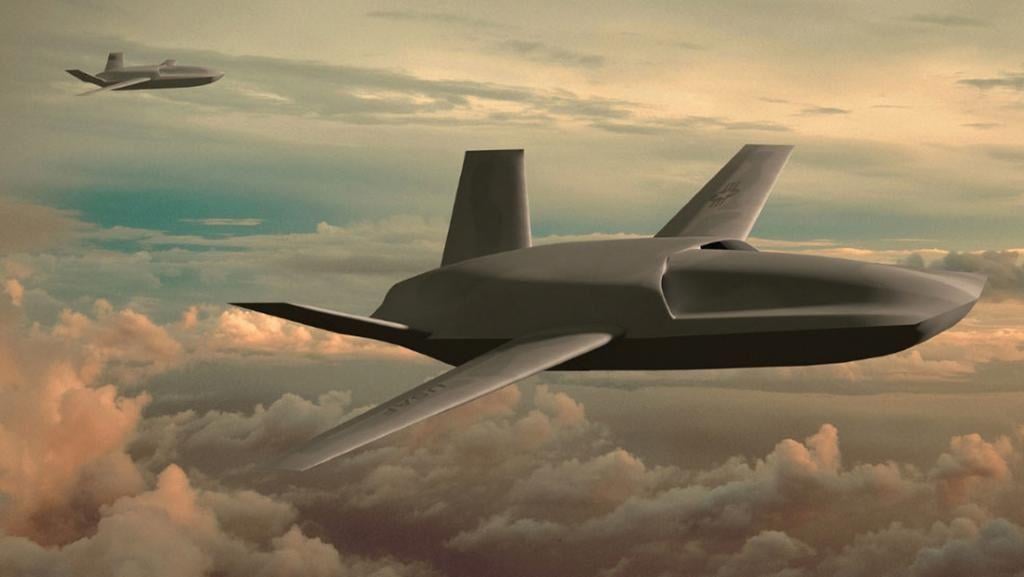
General Atomics Gambit
Credit: General Atomics
The U.S. Air Force wants its early Collaborative Combat Aircraft (CCA) to have range equal to or beyond that of fighter aircraft, with potentially aerial refueling capacity in the first increment. The service plans to field its first increment of CCAs by 2028, with programs such as a new...
Subscription Required
This content requires a subscription to one of the Aviation Week Intelligence Network (AWIN) bundles.
Schedule a demo today to find out how you can access this content and similar content related to your area of the global aviation industry.
Already an AWIN subscriber? Login
Did you know? Aviation Week has won top honors multiple times in the Jesse H. Neal National Business Journalism Awards, the business-to-business media equivalent of the Pulitzer Prizes.





